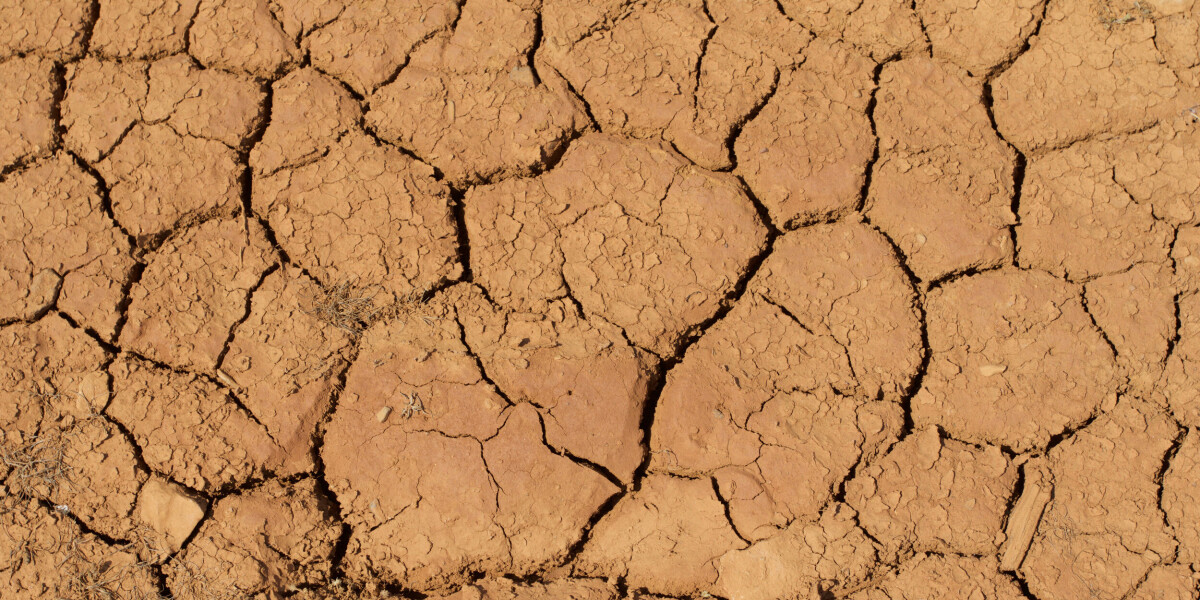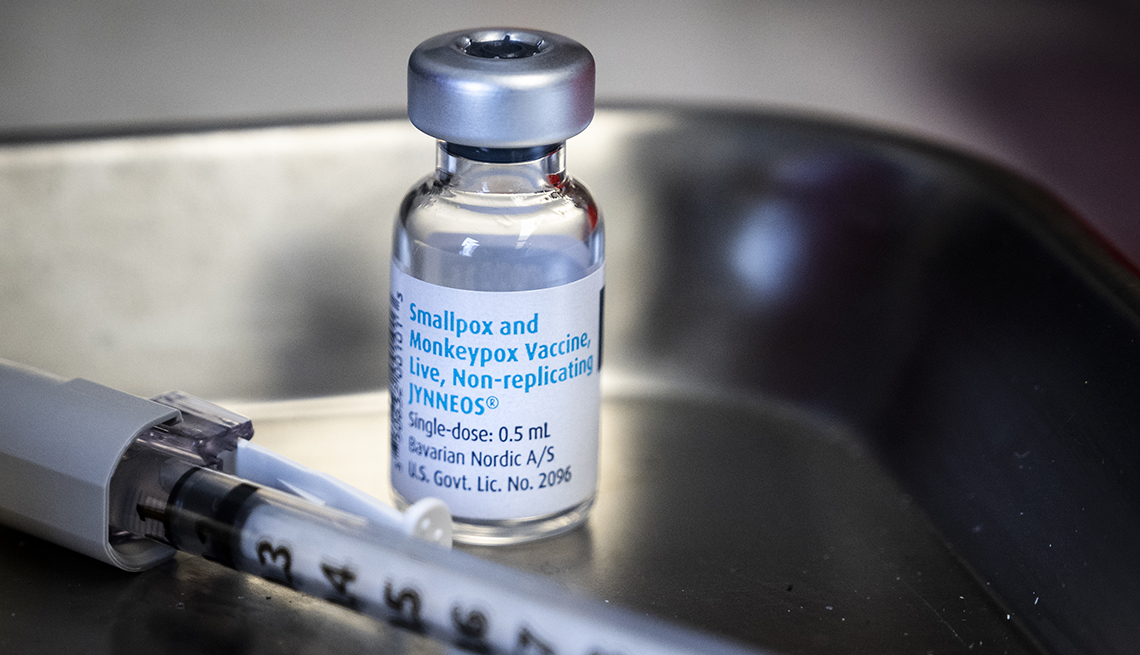
- Select a language for the TTS:
- UK English Female
- UK English Male
- US English Female
- US English Male
- Australian Female
- Australian Male
- Language selected: (auto detect) - EN
Play all audios:
PROPERTY OWNERS WHOSE HOMES HAVE BEEN DAMAGED CAN NOW MAKE INSURANCE CLAIMS. WE LIST COMMUNES AFFECTED Dozens of communes across the south of France have been listed as natural disaster
(catastrophe naturelle) zones as a result of drought conditions in 2023. Property owners in the 84 communes – in the Alpes-Maritimes, Lozère and Gard departments – now have 30 days to make
insurance claims if their homes were damaged by the droughts. WHAT DOES THIS DECLARATION MEAN FOR PROPERTY OWNERS? The classification has been made for communes that were affected by the
“differential ground movements caused by drought and soil rehydration” between April and June 2023 (for the commune in Lozère, this is between July and September 2022). This usually affects
areas with clay soil. To make claims for damage caused by natural phenomena such as this, insurance companies require the commune where a property is situated to be classed as suffering
from a natural disaster. This classification comes after a weather event such as flooding or drought. The issue with drought damage though is that it may not immediately show but in fact
can take several months to appear, often creating cracks in a property’s walls. Homeowners will need to lodge a compensation claim – you can read how to do this below. Read more: France’s
‘catastrophe naturelle’ insurance system: how to claim Note the rules are the same both for main residencies and second homes. If your home was damaged by last year’s droughts, and your
commune has not been listed in the Journal Officiel, you can contact your mairie to see if a claim has been submitted. If you have evidence of your property being affected, it can be used
to support the claim. Read more: Second-home owners in France could soon face insurance surcharge One commune is affected in Lozère: Vieille-Brioude Communes affected in the Alpes-Maritimes
are: Antibes, Mouans-Sartoux, Mougins, Nice, Opio, Pégomas, Puget-Théniers, Roquebrune-Cap-Martin, La Roquette-sur-Siagne, Saint-André-de-la-Roche, Saint Auban, Saint-Jeannet,
Saint-Paul-de-Vence, Sospel, Vence, Tourrettes-sur-Loup, La Trinité and Villefranche-sur-Mer. Communes affected in Gard are: Aigaliers, Aigues-Mortes, Aigues-Vives, Angles (Les), Aubais,
Bagard, Barjac, Baron, Belvézet, Blauzac, Boisset-et-Gaujac, Bouquet, Bourdic, Bragassargues, Castillon-du-Gard, Clarensac, Collorgues, Cruviers-Lascours, Dions, Domazan, Domessargues,
Durfort-et-Saint-Martin-de-Sossenac, Estézargues, Fons, Fons-sur-Lussan, Fournès, Fourques, Garrigues-Sainte-Eulalie, Logrian-Florian, Lussan, Martignargues, Meynes, Mons, Monteils,
Moulézan, Mus, Nages-et-Solorgues, Ners, Parignargues, Plans (Les), Pont-Saint-Esprit, Poulx, Pujaut, Quissac, Ribaute-les-Tavernes, Rochefort-du-Gard, Rouvière (La), Sabran, Saint-Ambroix,
Saint-Christol-lez-Alès, Saint-Étienne-de-l'Olm, Saint-Gervais, Saint-Gilles, Saint-Hippolyte-de-Caton, Saint-Laurent-la-Vernède, Saint-Mamert-du-Gard, Saint-Marcel-de-Careiret,
Saint-Michel-d'Euzet, Saint-Paul-les-Fonts, Salindres, Sauzet, Serviers-et-Labaume, Seynes, Souvignargues, Tresques and Villeneuve-lès-Avignon Full information can be found in the
Journal Officiel, where the list was first posted. These communes were declared as natural disaster zones after being assessed by government experts.







